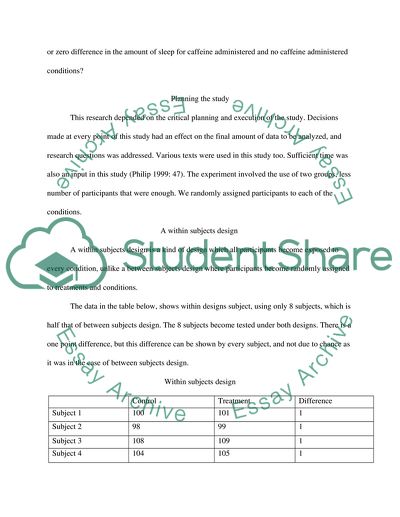Cite this document
(“Effects of Caffeine on Memory Essay Example | Topics and Well Written Essays - 2000 words”, n.d.)
Effects of Caffeine on Memory Essay Example | Topics and Well Written Essays - 2000 words. Retrieved from https://studentshare.org/psychology/1601263-please-see-instructions-assignment-criteria
Effects of Caffeine on Memory Essay Example | Topics and Well Written Essays - 2000 words. Retrieved from https://studentshare.org/psychology/1601263-please-see-instructions-assignment-criteria
(Effects of Caffeine on Memory Essay Example | Topics and Well Written Essays - 2000 Words)
Effects of Caffeine on Memory Essay Example | Topics and Well Written Essays - 2000 Words. https://studentshare.org/psychology/1601263-please-see-instructions-assignment-criteria.
Effects of Caffeine on Memory Essay Example | Topics and Well Written Essays - 2000 Words. https://studentshare.org/psychology/1601263-please-see-instructions-assignment-criteria.
“Effects of Caffeine on Memory Essay Example | Topics and Well Written Essays - 2000 Words”, n.d. https://studentshare.org/psychology/1601263-please-see-instructions-assignment-criteria.


